5 Movie Plots That Could Have Been Solved With Simple Technology
Adding some basic technology into these movies completely undoes their plots.

Many blockbuster movies are centered on some grand concept or idea like “what if there were wars, but in the stars?” or “what if Tom Hanks were stuck on an island for a really long time?” However, even the most grandly conceived, mind-bending movie plot can sometimes be entirely undone by some really basic technology and foresight. As proof, we put together a list of some iconic movies that absolutely do not work because of the application of simple tech.
16 Candles (1984)
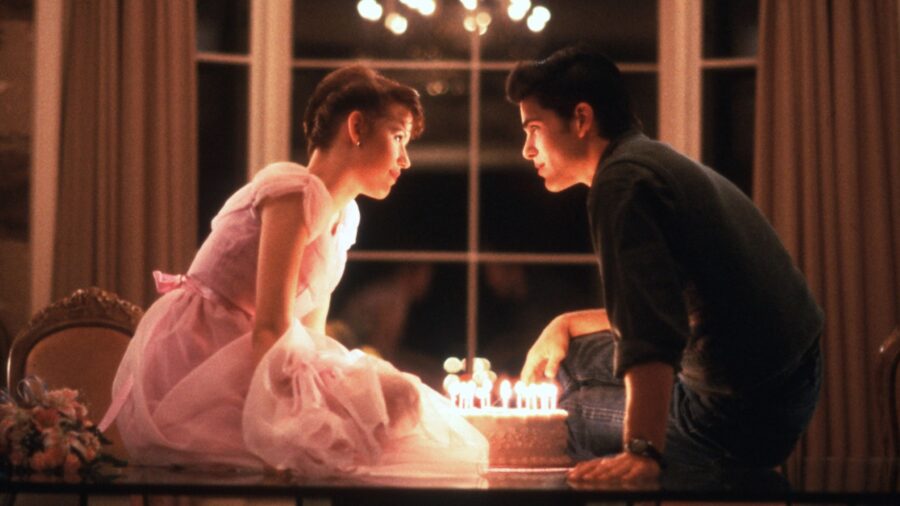
The events of the 1984 John Hughes classic film 16 Candles are kicked off by simple forgetfulness. Ordinary high school sophomore Sam (Molly Ringwald) is devastated to find that her entire family has forgotten her sixteenth birthday while busy planning her beautiful older sister’s wedding, leading to an increasingly wild series of capers that are in retrospect, extremely problematic.
However, if Sam’s family had simply had access to Google Calendars, they all would have been reminded that it was her birthday, whether they wanted to be or not. It’s a lot more difficult to forget it’s your daughter’s birthday if your phone keeps popping up and telling you to remember it.
The Blair Witch Project (1999)
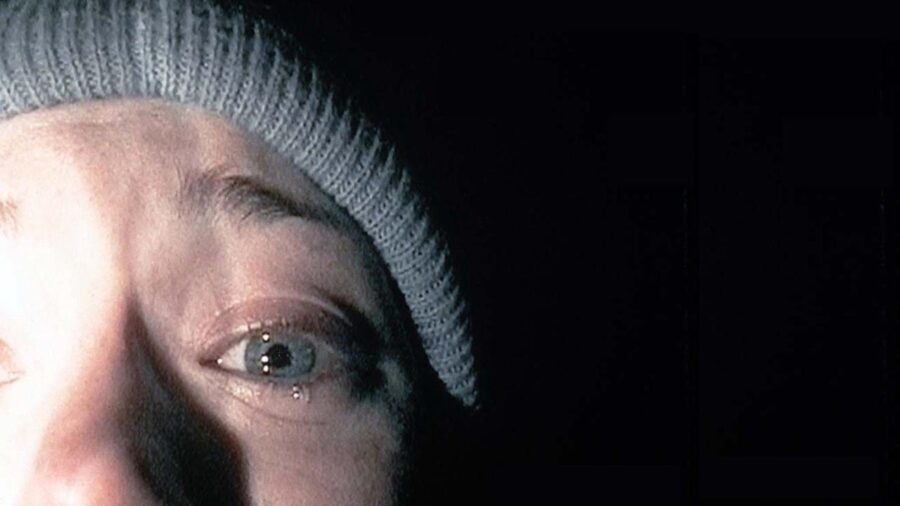
The Blair Witch Project is one of the great success stories of cinema history, a lo-fi found-footage film before most people even knew what those words meant. But the actual movie plot, in which a group of filmmakers gets lost in the woods while investigating a spooky local legend, would be foiled by three simple characters: GPS.
The trio of young filmmakers who get lost in the Maryland forest and end up facing corners in a basement could have saved their hides simply by having a GPS locating device, a phone with GPS capabilities, or even just a drone that could fly high enough to give them a good idea where they’re at. And we know what you’re going to say, it was the Blair Witch who got them lost, but we have some news: witches aren’t real.
The Shining (1980)
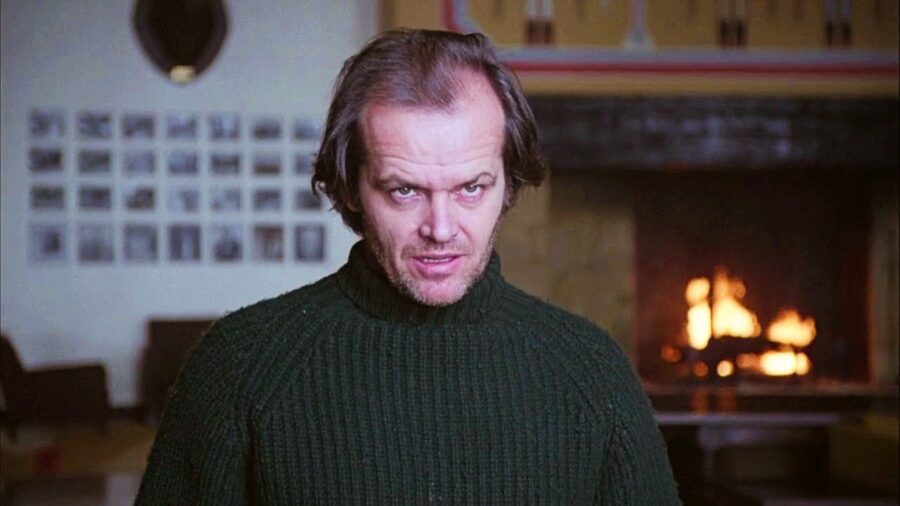
It is not an exaggeration to say that The Shining is one of the greatest films ever made. Stanley Kubrick’s adaptation of Stephen King’s massively bestselling novel established some of the most iconic tropes of modern horror, from the creepy hallway twins to the elevators of blood to whoever Johnny was. However, much of the movie plot is dependent on the isolation of the Overlook Hotel, which could be easily avoided with satellite Internet.
Would Jack Nicholson go as crazy if he had less work and more play via an active Internet in the spooky, ghost-filled hotel? At the very least, there would be a whole lot more ways to communicate with the outside world than some easily sabotaged radio.
The Terminator (1984)
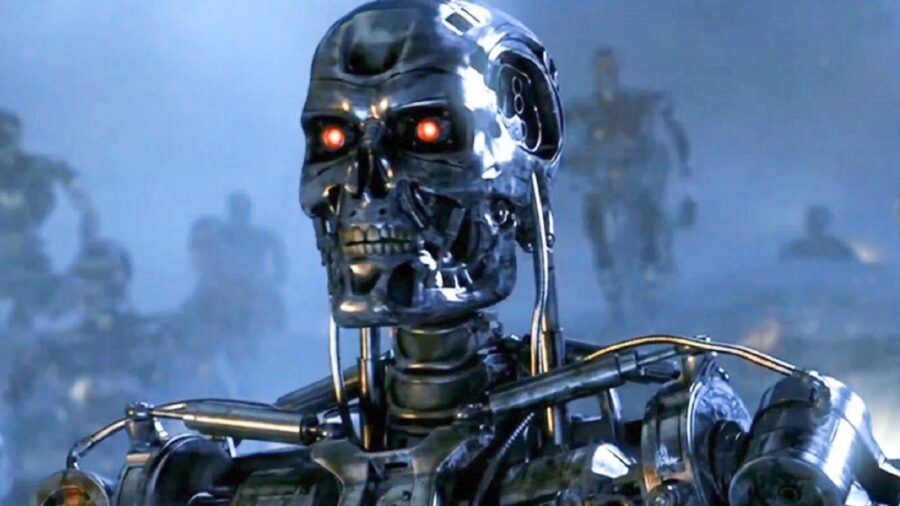
The premise of James Cameron’s original Terminator film center on future killer robots tracking down Sarah Connor, the eventual mother to John Connor, the guy who saves humanity. However, in order to do so, Arnold Schwarzenegger’s original T-800 has to use a phone book to track down and murder every woman of the same name, which takes valuable robo-time.
However, in this day and age of social media, the Terminator could track down Sarah Connor simply by checking Facebook, finding all the appropriate women of that age and name and narrow down where they might be. It would get a lot more info than just a name and an address, plus if Sarah Connor(s) ever geotagged themselves, it would be game over pretty much immediately.
Home Alone (1990)
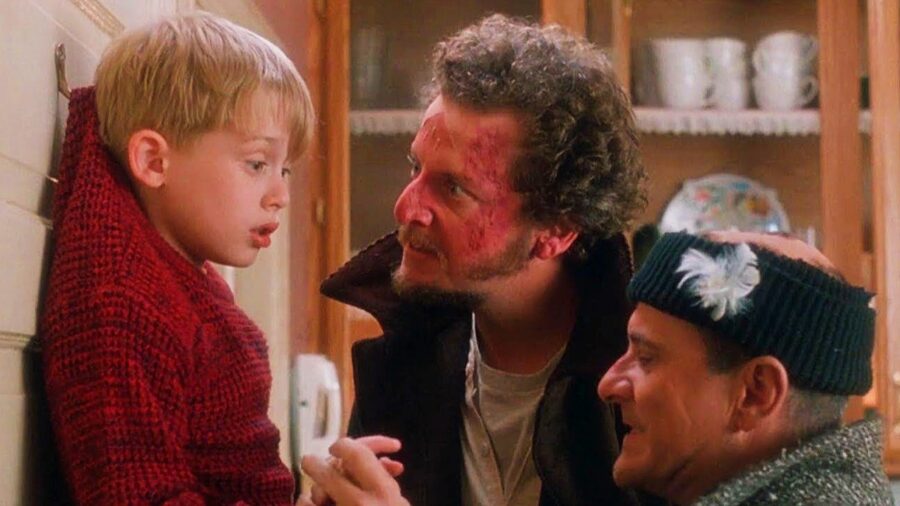
Home Alone was the single highest-grossing live-action comedy movie for over twenty years, based on a plot that amounted to a child being literally home alone for three days. But while the climactic reunion of Macaulay Culkin and Catherine O’Hara may tug at your heartstrings, we all know what audiences really wanted: see two burglars being physically destroyed while trying to invade a home.
However, the entire third act of Home Alone could be disposed of if Culkin’s clearly wealthy family had invested in a home security system. The McCallister family lives in an obviously affluent Chicagoland suburb, his dad can afford to fly his extended family to Paris for Christmas, and their house is basically a mansion. Just spring for an alarm system, Mr. McCallister.











